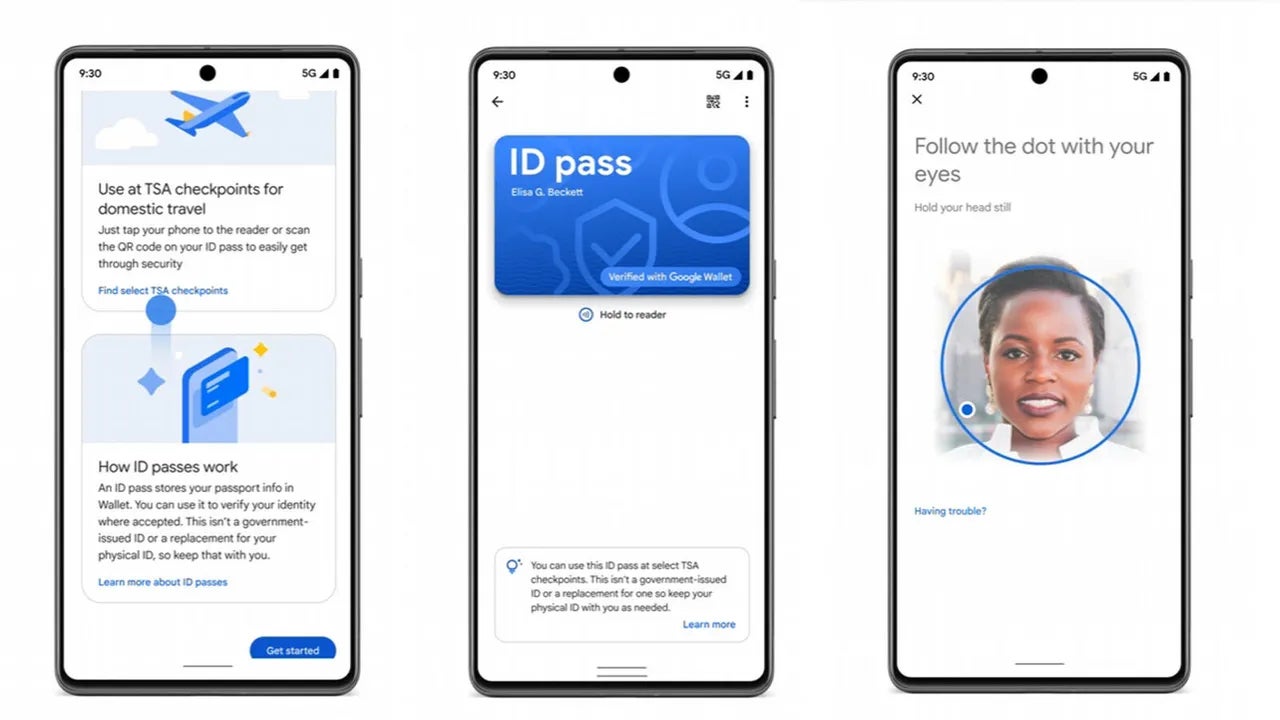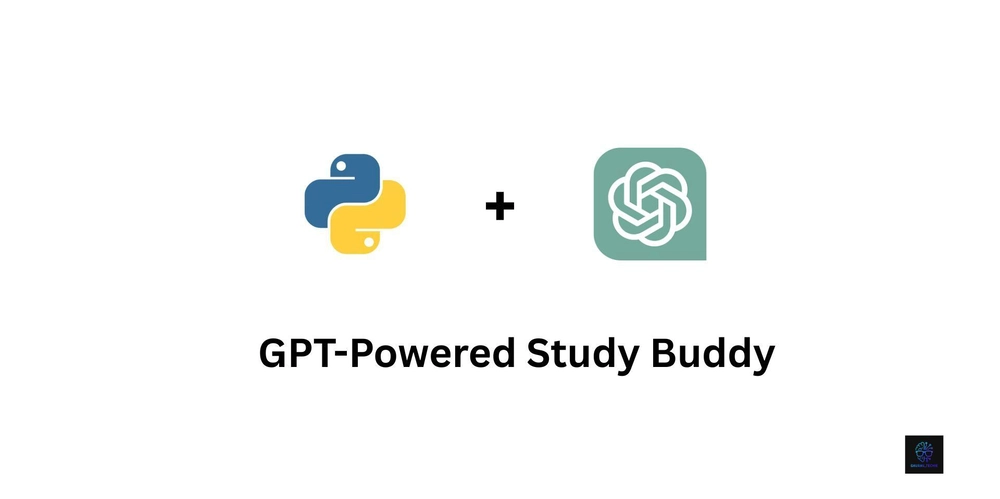Building Secure, Scalable Healthcare APIs with Azure API Management and AWS API Gateway: A Deep Technical Study
Introduction Modern healthcare applications require secure, scalable, and interoperable access to sensitive health data such as electronic health records (EHRs), insurance claims, and diagnostic workflows. API management platforms like Azure API Management (APIM) and AWS API Gateway are pivotal in this modernization. This paper explores how these services help healthcare developers comply with HIPAA, HITECH, and CMS interoperability mandates while delivering national-level healthcare solutions. Architecture Overview Azure API Management (APIM) Azure APIM acts as a centralized entry point for external and internal consumers to access backend services securely. It provides: Gateway Layer: Manages request routing, transformation, and security policies. Publisher Portal: API creation, policy definition, versioning. Developer Portal: For onboarding API consumers. Azure Active Directory Integration: Supports OAuth2 and OpenID Connect authentication flows. AWS API Gateway AWS API Gateway provides robust management for RESTful, WebSocket, and HTTP APIs. Key features include: Regional and Edge-Optimized APIs: For low-latency, geo-optimized distribution. Private APIs: Protected via AWS VPC endpoint integration. AWS Cognito Integration: Native support for authentication and identity federation. Built-in throttling, caching, and authorization. Authentication and Authorization OAuth2 and OpenID Connect Setup Both Azure and AWS support OAuth2.0 standards but differ slightly: Azure Setup: Integrate Azure AD B2C with APIM. Configure OAuth2.0 validation policies directly in inbound API flow. AWS Setup: Integrate Amazon Cognito user pools. Attach AWS IAM authorization or Lambda authorizers for custom claims validation. Sample Azure APIM Policy for JWT Validation: {api-client-id} Security Best Practices Scaling and Throttling Azure: Policies allow configuring request/response quotas, dynamic scaling through Azure Functions backend, autoscaling API Management tiers. AWS: Built-in throttling limits (default and burst), Lambda concurrency scaling, API Gateway caching for performance improvement. Monitoring and Logging Azure: Application Insights + APIM Analytics blade. AWS: CloudWatch Metrics, CloudTrail for API logging, AWS X-Ray for distributed tracing. Compliance for Healthcare (HIPAA Focus) Encryption at Rest: Azure Storage encryption vs AWS KMS encrypted S3/DynamoDB. TLS 1.2 enforced for all endpoints. Fine-grained access controls (RBAC in Azure vs IAM in AWS). Audit logging required (Application Insights vs CloudTrail). Case Study: Deploying a Secure Patient Record API Azure: Client App -> Azure APIM -> Azure Function (FHIR-compliant API) -> CosmosDB AWS: Client App -> AWS API Gateway -> AWS Lambda (FHIR API logic) -> DynamoDB Authentication flows secured via OAuth2 / OpenID Connect in both cases. Challenges and Recommendations Token Expiry Handling: Implement automatic token refresh in client applications. Cross-Region Failover: Use Azure Traffic Manager / AWS Route 53 latency-based routing. FHIR Evolution: Stay updated with HL7 FHIR R5 changes and backward compatibility. Conclusion For healthcare developers pursuing NIW and national impact contributions, mastering secure API architectures on Azure and AWS positions them to deliver compliant, scalable solutions essential to modern U.S. healthcare reform. Azure's integration with public sector mandates like CMS APIs favors deep healthcare interoperability, while AWS's flexible scaling and global infrastructure enable mass healthcare innovation.
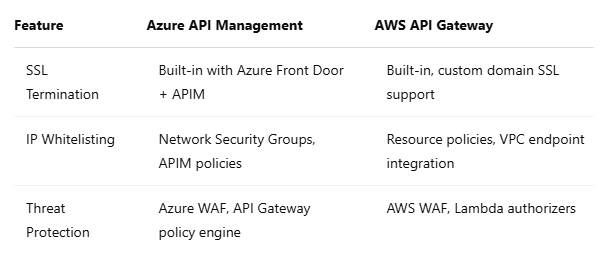
Introduction
Modern healthcare applications require secure, scalable, and interoperable access to sensitive health data such as electronic health records (EHRs), insurance claims, and diagnostic workflows. API management platforms like Azure API Management (APIM) and AWS API Gateway are pivotal in this modernization. This paper explores how these services help healthcare developers comply with HIPAA, HITECH, and CMS interoperability mandates while delivering national-level healthcare solutions.
Architecture Overview
Azure API Management (APIM)
Azure APIM acts as a centralized entry point for external and internal consumers to access backend services securely. It provides:
- Gateway Layer: Manages request routing, transformation, and security policies.
- Publisher Portal: API creation, policy definition, versioning.
- Developer Portal: For onboarding API consumers.
- Azure Active Directory Integration: Supports OAuth2 and OpenID Connect authentication flows.
AWS API Gateway
AWS API Gateway provides robust management for RESTful, WebSocket, and HTTP APIs. Key features include:
- Regional and Edge-Optimized APIs: For low-latency, geo-optimized distribution.
- Private APIs: Protected via AWS VPC endpoint integration.
- AWS Cognito Integration: Native support for authentication and identity federation.
- Built-in throttling, caching, and authorization.
Authentication and Authorization
OAuth2 and OpenID Connect Setup
Both Azure and AWS support OAuth2.0 standards but differ slightly:
Azure Setup:
Integrate Azure AD B2C with APIM.
Configure OAuth2.0 validation policies directly in inbound API flow.
AWS Setup:
Integrate Amazon Cognito user pools.
Attach AWS IAM authorization or Lambda authorizers for custom claims validation.
Sample Azure APIM Policy for JWT Validation:
{api-client-id}
Security Best Practices
Scaling and Throttling
- Azure: Policies allow configuring request/response quotas, dynamic scaling through Azure Functions backend, autoscaling API Management tiers.
- AWS: Built-in throttling limits (default and burst), Lambda concurrency scaling, API Gateway caching for performance improvement.
Monitoring and Logging
- Azure: Application Insights + APIM Analytics blade.
- AWS: CloudWatch Metrics, CloudTrail for API logging, AWS X-Ray for distributed tracing.
Compliance for Healthcare (HIPAA Focus)
- Encryption at Rest: Azure Storage encryption vs AWS KMS encrypted S3/DynamoDB.
- TLS 1.2 enforced for all endpoints.
- Fine-grained access controls (RBAC in Azure vs IAM in AWS).
- Audit logging required (Application Insights vs CloudTrail).
Case Study: Deploying a Secure Patient Record API
Azure:
- Client App -> Azure APIM -> Azure Function (FHIR-compliant API) -> CosmosDB
AWS:
- Client App -> AWS API Gateway -> AWS Lambda (FHIR API logic) -> DynamoDB
Authentication flows secured via OAuth2 / OpenID Connect in both cases.
Challenges and Recommendations
- Token Expiry Handling: Implement automatic token refresh in client applications.
- Cross-Region Failover: Use Azure Traffic Manager / AWS Route 53 latency-based routing.
- FHIR Evolution: Stay updated with HL7 FHIR R5 changes and backward compatibility.
Conclusion
For healthcare developers pursuing NIW and national impact contributions, mastering secure API architectures on Azure and AWS positions them to deliver compliant, scalable solutions essential to modern U.S. healthcare reform. Azure's integration with public sector mandates like CMS APIs favors deep healthcare interoperability, while AWS's flexible scaling and global infrastructure enable mass healthcare innovation.



















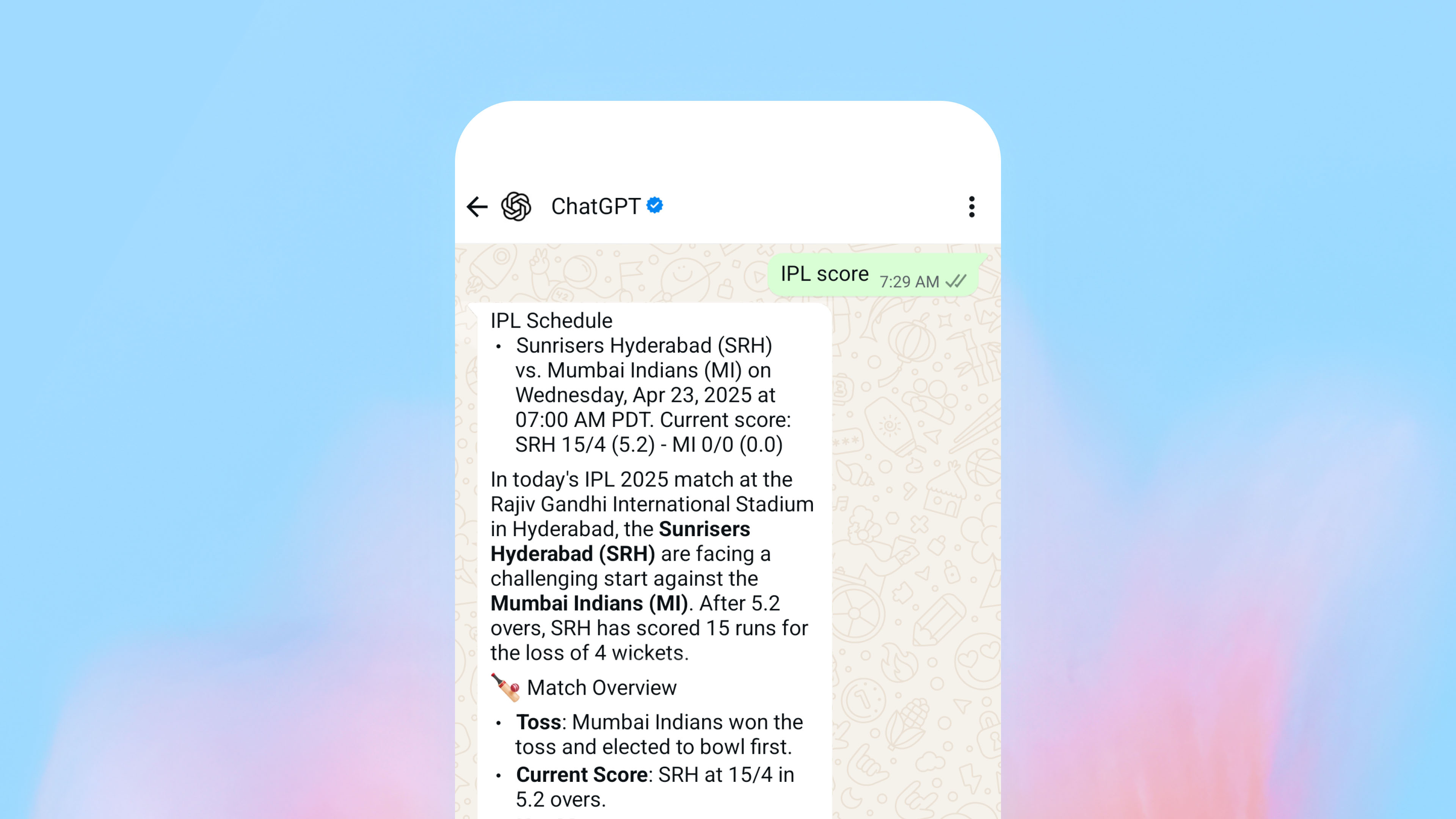
















































































































































![[The AI Show Episode 145]: OpenAI Releases o3 and o4-mini, AI Is Causing “Quiet Layoffs,” Executive Order on Youth AI Education & GPT-4o’s Controversial Update](https://www.marketingaiinstitute.com/hubfs/ep%20145%20cover.png)









































































































































































































































































_NicoElNino_Alamy.jpg?width=1280&auto=webp&quality=80&disable=upscale#)
















































































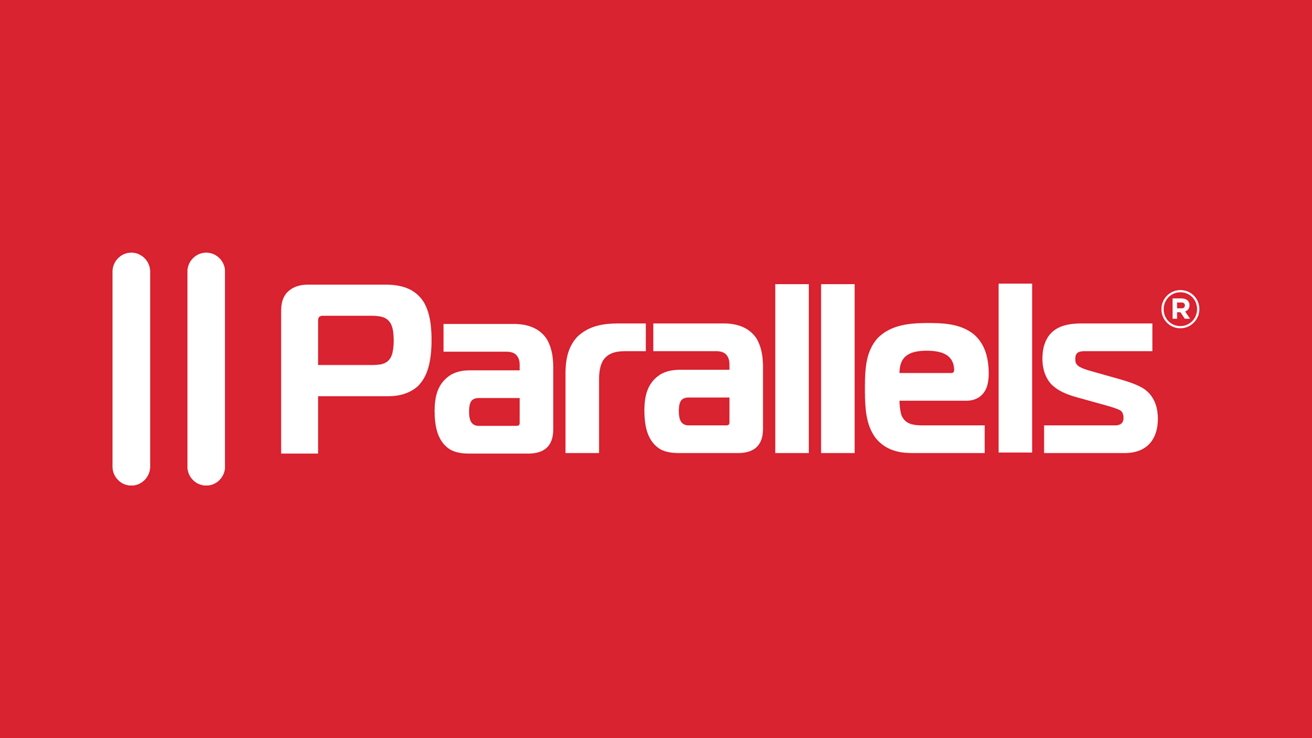


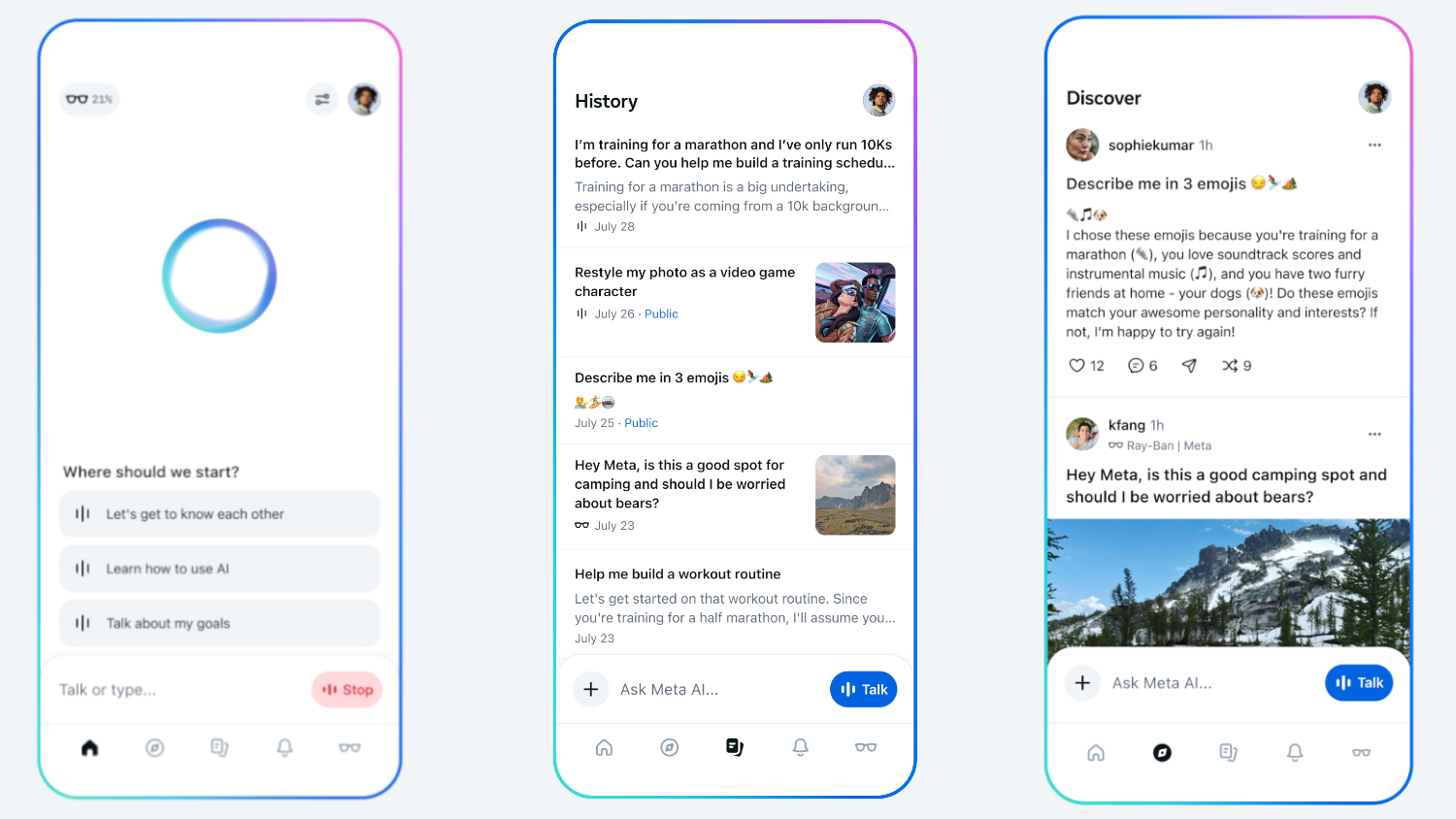




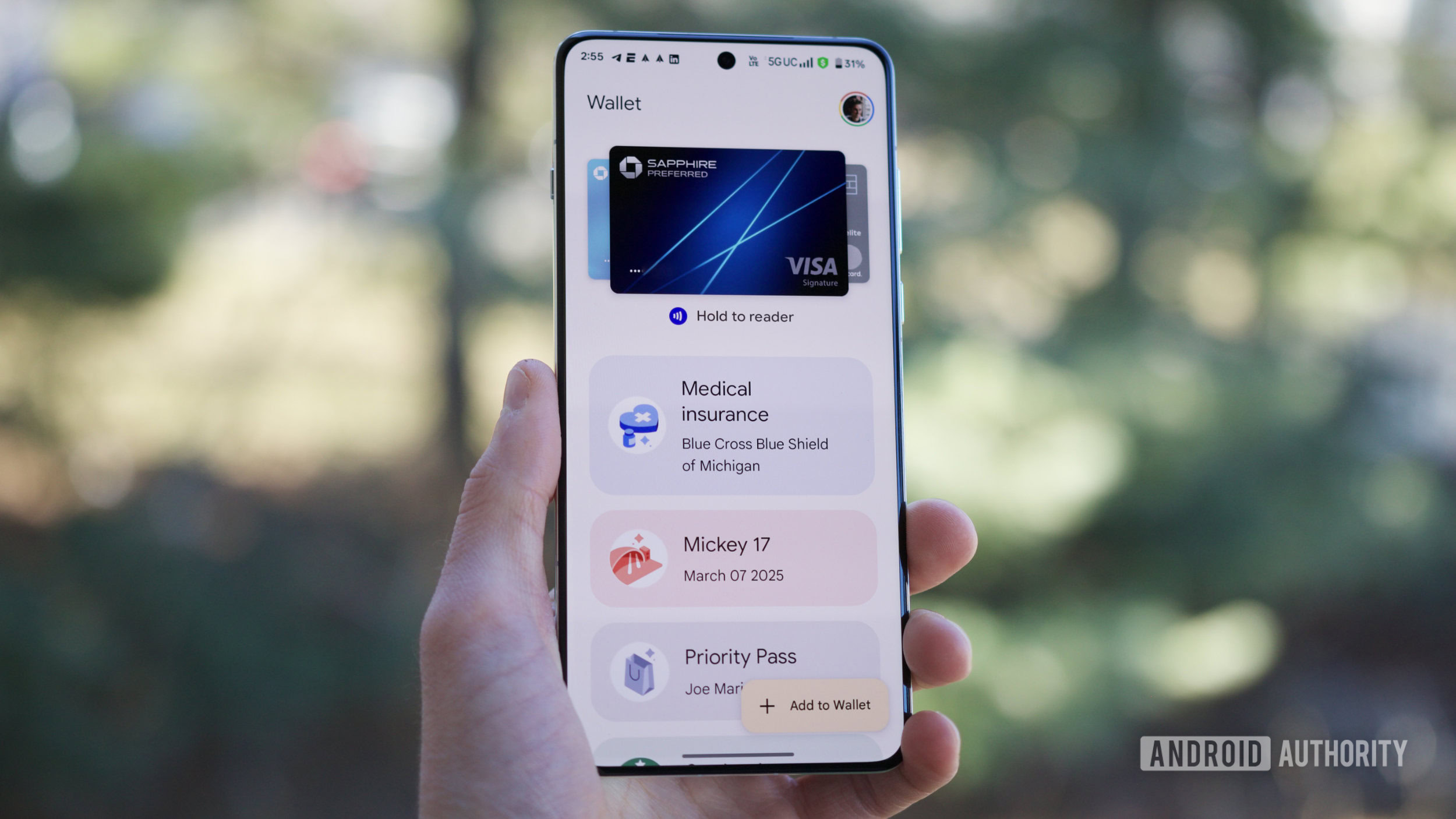



















![Standalone Meta AI App Released for iPhone [Download]](https://www.iclarified.com/images/news/97157/97157/97157-640.jpg)















































